Repercussions of Hiring Inexperienced/Untrained Cleaning Companies
Repercussions of Hiring Inexperienced/Untrained Cleaning Companies
In a recent article posted in Australia, a world class budget hotel chain received several complaints in one of their Sydney branch which was turned into a quarantine facility. The complaints were about their rooms being obviously not cleaned and not disinfected properly.
A hotel may employ in-house housekeeping staff or they may outsource it from a commercial cleaning company or agency, so what exactly happened and why a hotel of this caliber reached this kind of predicament?
How does this affect us here in the Philippines where cleaning and disinfection companies sprout like mushrooms all over the Metro and services are just a-dime-a-dozen?
“Untrained, unmanaged cleaners are being sent out there to deep clean COVID-positive buildings and nobody’s checking on us.”
Need something cleaned?
This pandemic has brought high demand on cleaning, sanitation, and disinfection services which led to new cleaning service companies opening almost every week – hiring cheap labor, using cheap materials and following unorthodoxed procedures, coupled with the rise of unemployment, opening this type of business is easy peasy.
Some hotels turned quarantine facility have laid off most of their regular employees and hired demand based workers to save costs in paying benefits. Most of which are inexperienced cleaners and worst, inexperienced and untrained facility disinfection workers.
Remember that these are all cleaners sent into battle as reserved troops with little to no training on how to combat the unseen enemy – the Coronavirus. The said article agreed that it is indeed easy to open a cleaning company now, but all the text materials and resources available are based on standards made years ago, where appearance matter, where missing a spot was okay as long as the overall feel and presenation was great, rather than actually “cleaning” the space.
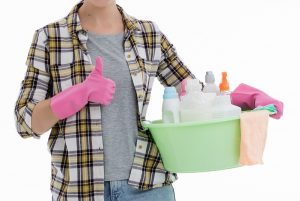 Anybody can become a cleaning company tomorrow.
Anybody can become a cleaning company tomorrow.- Literally you need a mop and a bucket and you’re a cleaning company.
- Maybe a year ago the requirements weren’t that important because of the fact that people were more interested in the appearance of the property than what they couldn’t see.
So in its essence, learning from the mistake of this big budget hotel chain’s mistake, you cannot simply get the services of untrained/inexperienced cleaning service company for cheaps, because missing a spot to clean or disinfect would mean compromise on you or your occupant’s health.
It’s easy for any cleaning company to come out today and say, ‘I will come and clean and disinfect your space’
But can they? How would you know their processes are OK?
Basically what clients require is someone who has a broom or vacuum, a mop, a “chemical” to clean and disinfect their place. Apart from that, some building require medical certificates and a negative rapid test result, but other than those, that’s it. No questions about their training, what are the principles behind their cleaning process and the devices they use. No questions about FDA approvals and ratings of their “chemicals”, nor asking for their Safety Data Sheets (SDS). We’re not even talking about proper employee compensation, protection, housing, and training. All these require significant investments of time and money.
Cleaning also involves science, it’s a meticulous process and has to be stud
Does the Department of Health (DOH) accredit and regulate cleaning service companies?
No, the Department of Health does not.
In their latest Licensing/Accreditation/Regulatory Policies and Requirements page, cleaning service companies and housekeeping service providers are not part of what DOH control and regulate. What a “new” cleaning service company need, and hopefully comply with, are your usual business permits (DTI/SEC, City permits, BIR, SSS, Philhealth, PagIbig and the likes). So what do you need to ask everytime you request for a cleaning or disinfection service?
- Business permits and length of service
- Safety Data Sheet of the chemicals they use
- FDA approval of the chemicals they use
- A summary of the processes they use
- An overview of the disinfection equipment they use
Based on these items, you will know if your place will be cleaned or disinfected well.

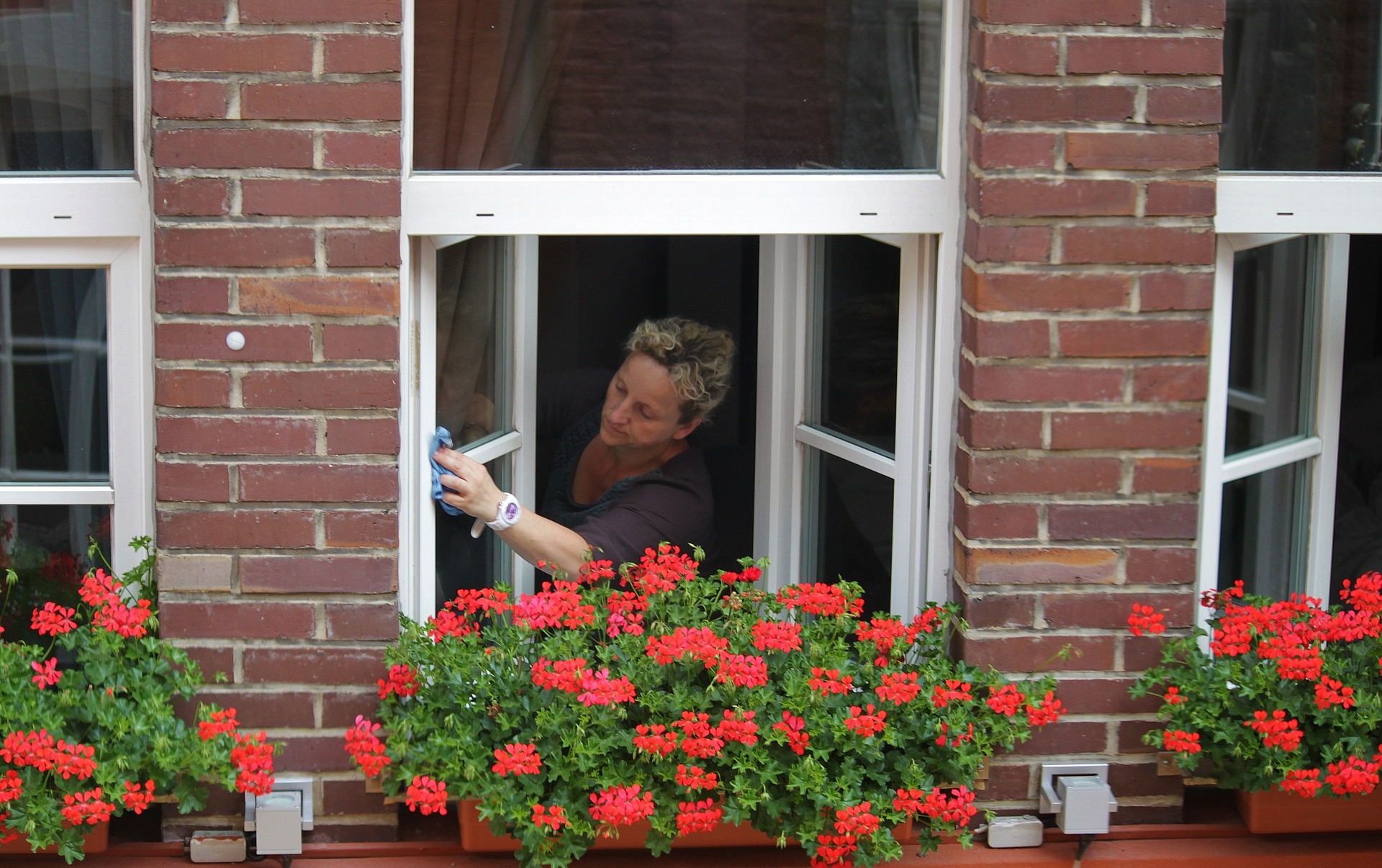
Do you want to learn more on how CMDA Cleaning Services can help you, your family, or your office fight against COVID-19? Send us an email at inquiry@cmdacleaning.com, or call/text us on any number mentioned above.
Let’s all be well and healthy, wear a face mask, wash our hands frequently, maintain a 1-2 meter physical distance to non-family members, and stay at home if we can. Stay covid-free!

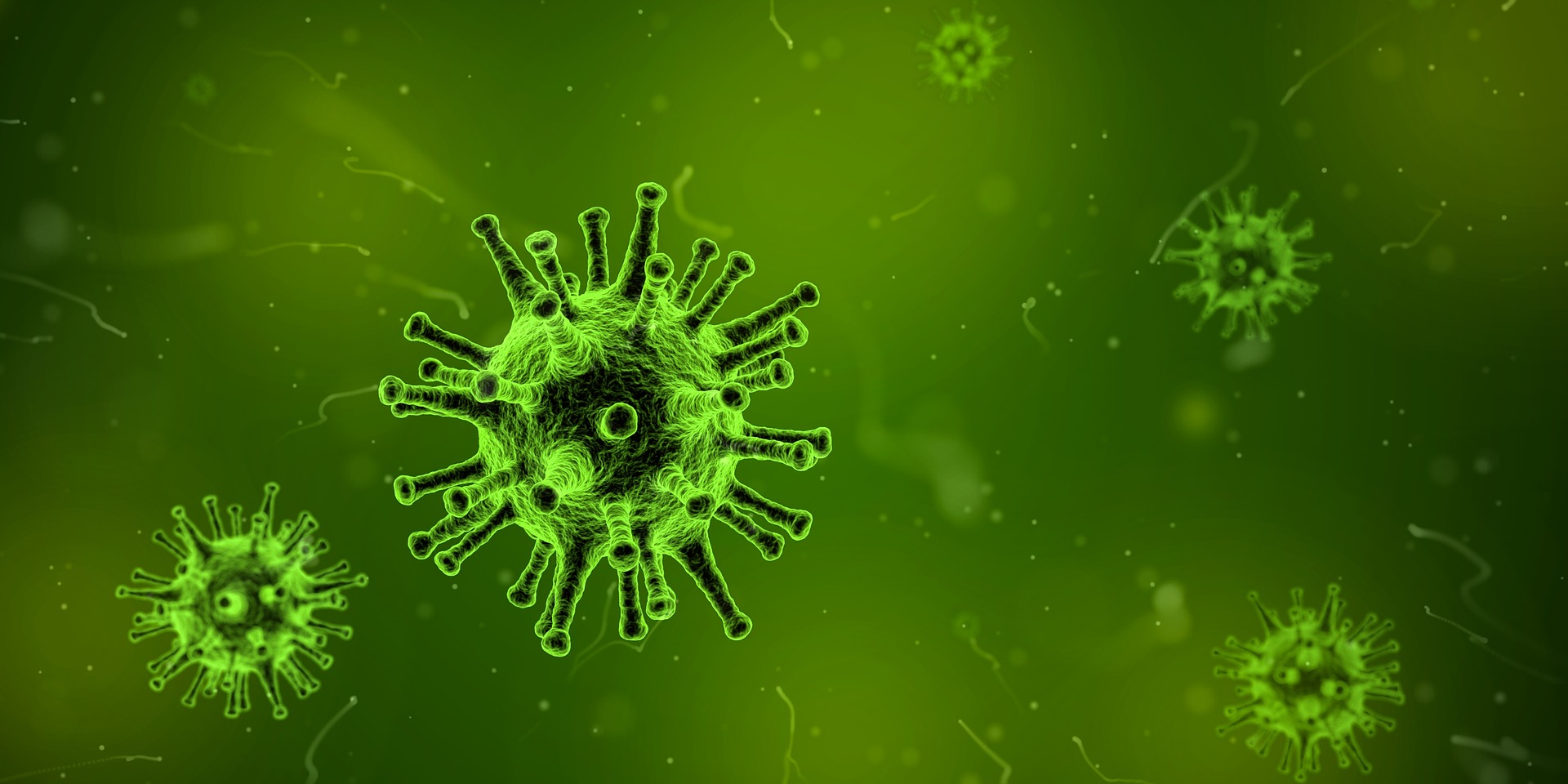
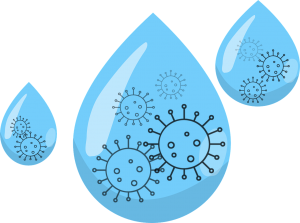 Another point of debate is the spread of the virus through infected surface contact. According to WHO, there is no confirmed timeline how long a COVID-19 virus survives in surfaces. However, most likely it behaves like other coronaviruses. Studies show that coronaviruses can survive on surfaces for a few hours up to several days depending on varied conditions (e.g. type of surface, temperature or humidity of the environment)
Another point of debate is the spread of the virus through infected surface contact. According to WHO, there is no confirmed timeline how long a COVID-19 virus survives in surfaces. However, most likely it behaves like other coronaviruses. Studies show that coronaviruses can survive on surfaces for a few hours up to several days depending on varied conditions (e.g. type of surface, temperature or humidity of the environment) 
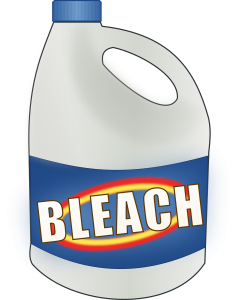 Chlorine
Chlorine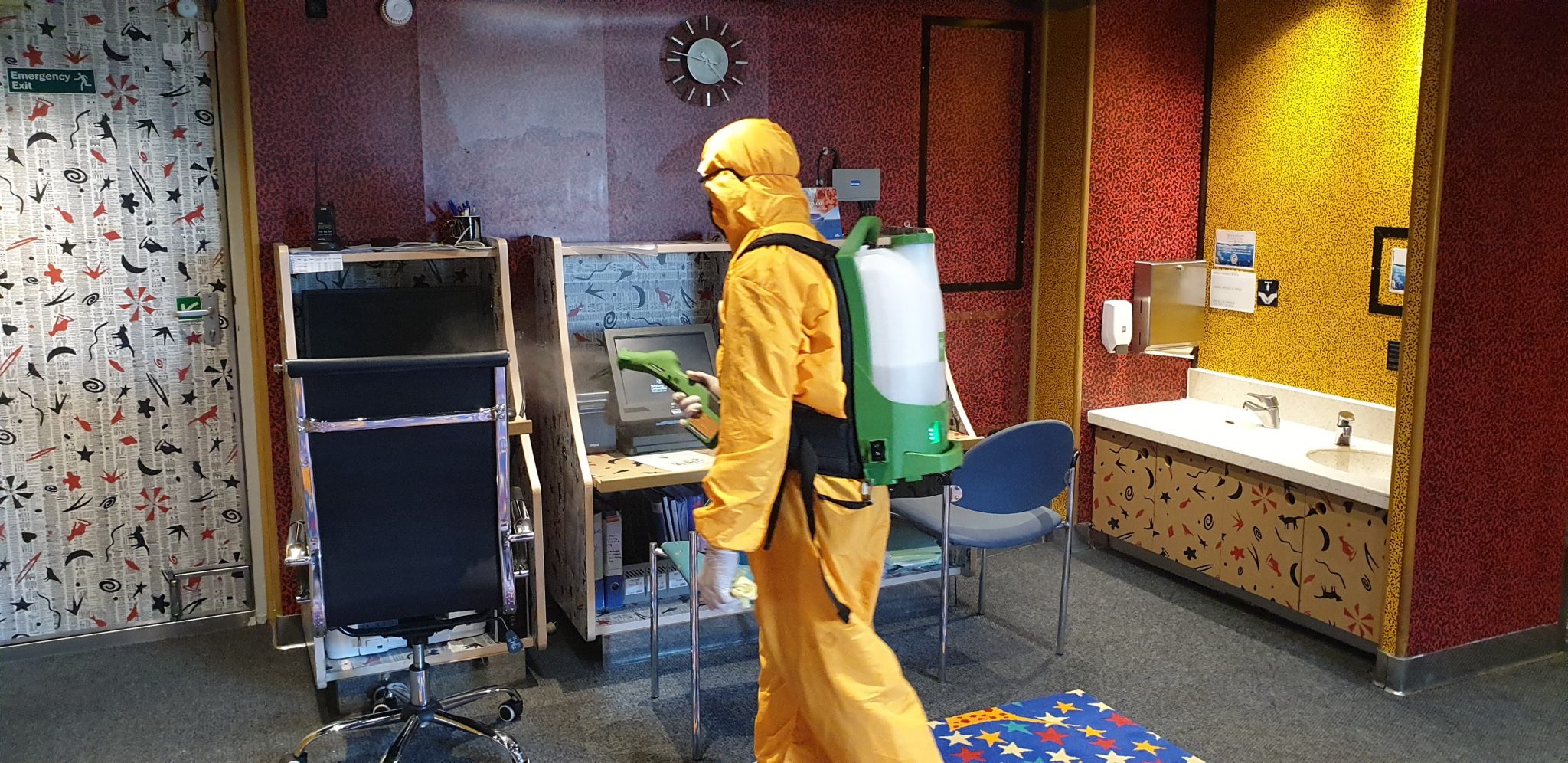
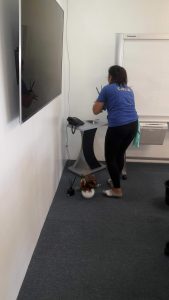
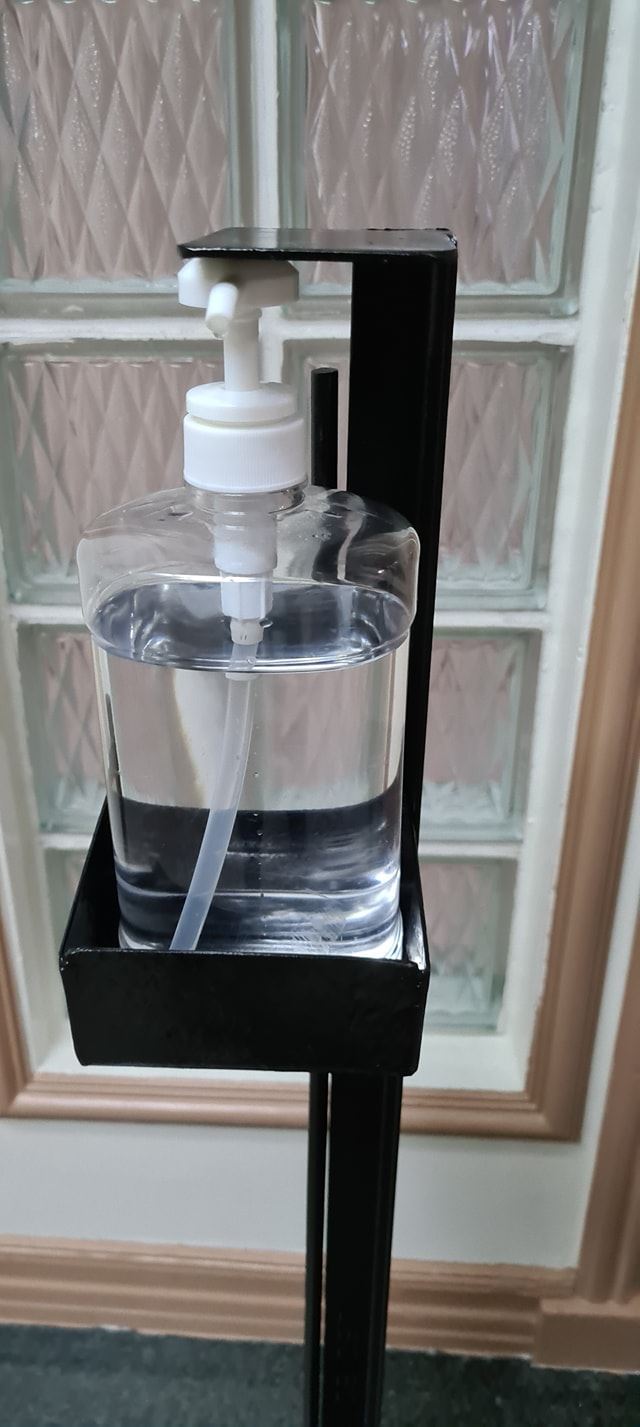
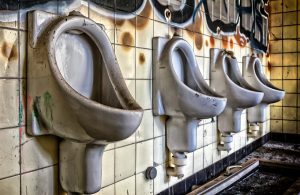 Getting Ready for your Toilet Bowl Cleaning
Getting Ready for your Toilet Bowl Cleaning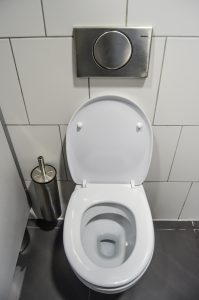 Splash a little water on your toilet bowl.
Splash a little water on your toilet bowl.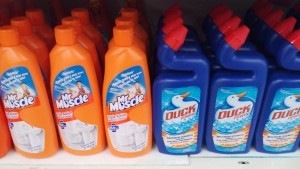

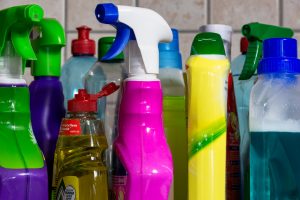 Some products double as an all purpose cleaner and disinfectant (like Lysol) but can be too tough on surface materials, not to mention expensive as well. When it comes to cleaning and disinfecting, you can always go “the stronger the better” but always take the surface you are going to apply it on to consideration.
Some products double as an all purpose cleaner and disinfectant (like Lysol) but can be too tough on surface materials, not to mention expensive as well. When it comes to cleaning and disinfecting, you can always go “the stronger the better” but always take the surface you are going to apply it on to consideration. This variety of cleaners combine the power of surfactants and powerful acids (Hypochloric acid and Hydrochloric acid). It is a bit pricey compared to all-purpose cleaners but not as expensive as alcohol when it comes to volume to price ratio. Similar to all-purpose cleaners, soaking the surface is a must to ensure effective removal of dirt and stains. Like hypochloric acid, handle these toilet bowl cleaners well and ensure you are protected as there are 2 corrosive ingredients included in them.
This variety of cleaners combine the power of surfactants and powerful acids (Hypochloric acid and Hydrochloric acid). It is a bit pricey compared to all-purpose cleaners but not as expensive as alcohol when it comes to volume to price ratio. Similar to all-purpose cleaners, soaking the surface is a must to ensure effective removal of dirt and stains. Like hypochloric acid, handle these toilet bowl cleaners well and ensure you are protected as there are 2 corrosive ingredients included in them.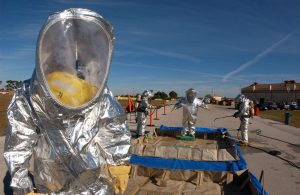 A thorough cleaning and disinfection of your home or office cannot be done by a single person alone. Even if it is just a small size, another pair of hand (and eyes), or more, will help ensure that every inch is cleaned. The number of cleaners will determine the time it will take to finish the task, that is why if you urgently need your place cleaned and disinfected, it is more cost efficient to hire a
A thorough cleaning and disinfection of your home or office cannot be done by a single person alone. Even if it is just a small size, another pair of hand (and eyes), or more, will help ensure that every inch is cleaned. The number of cleaners will determine the time it will take to finish the task, that is why if you urgently need your place cleaned and disinfected, it is more cost efficient to hire a